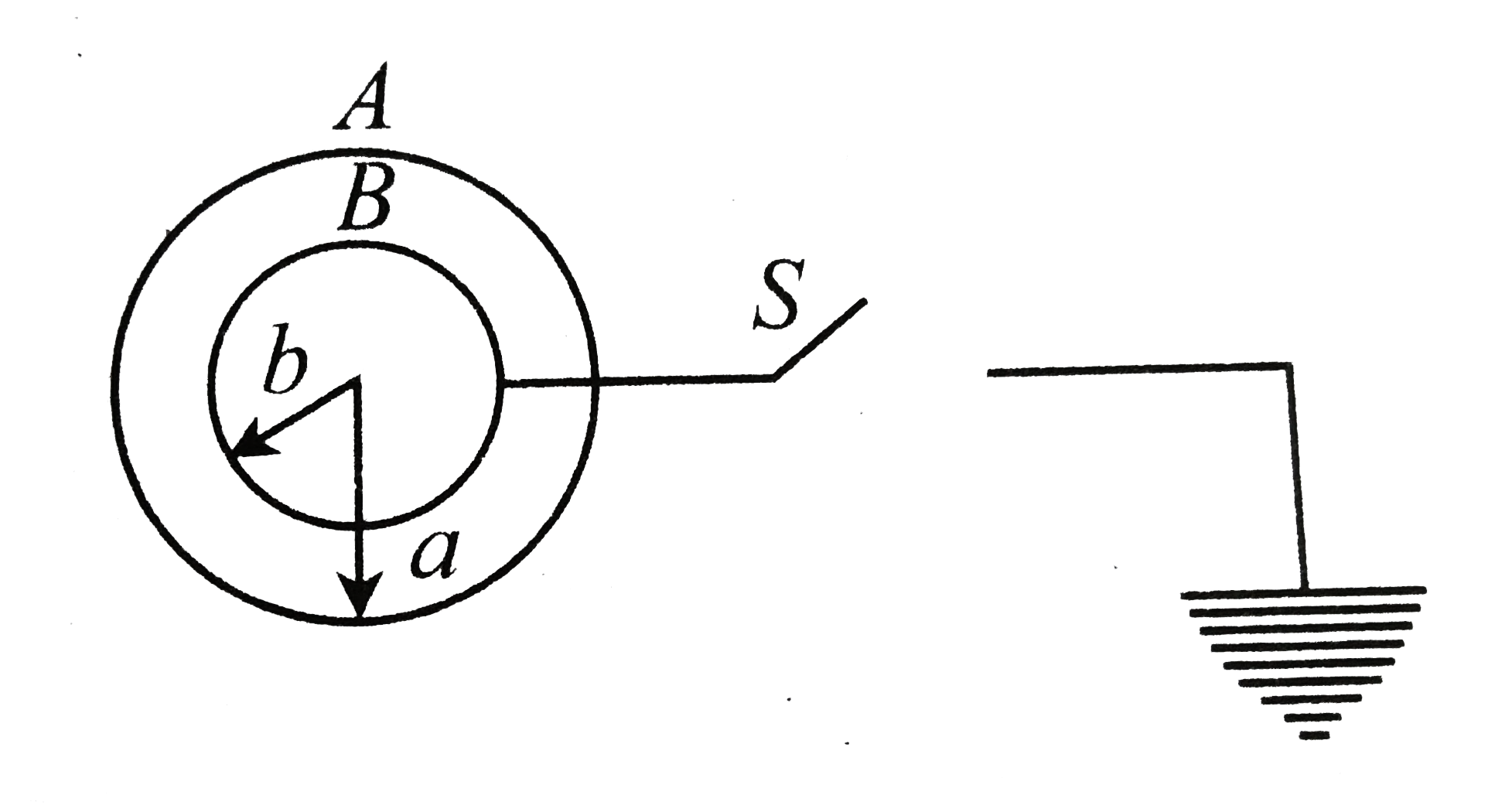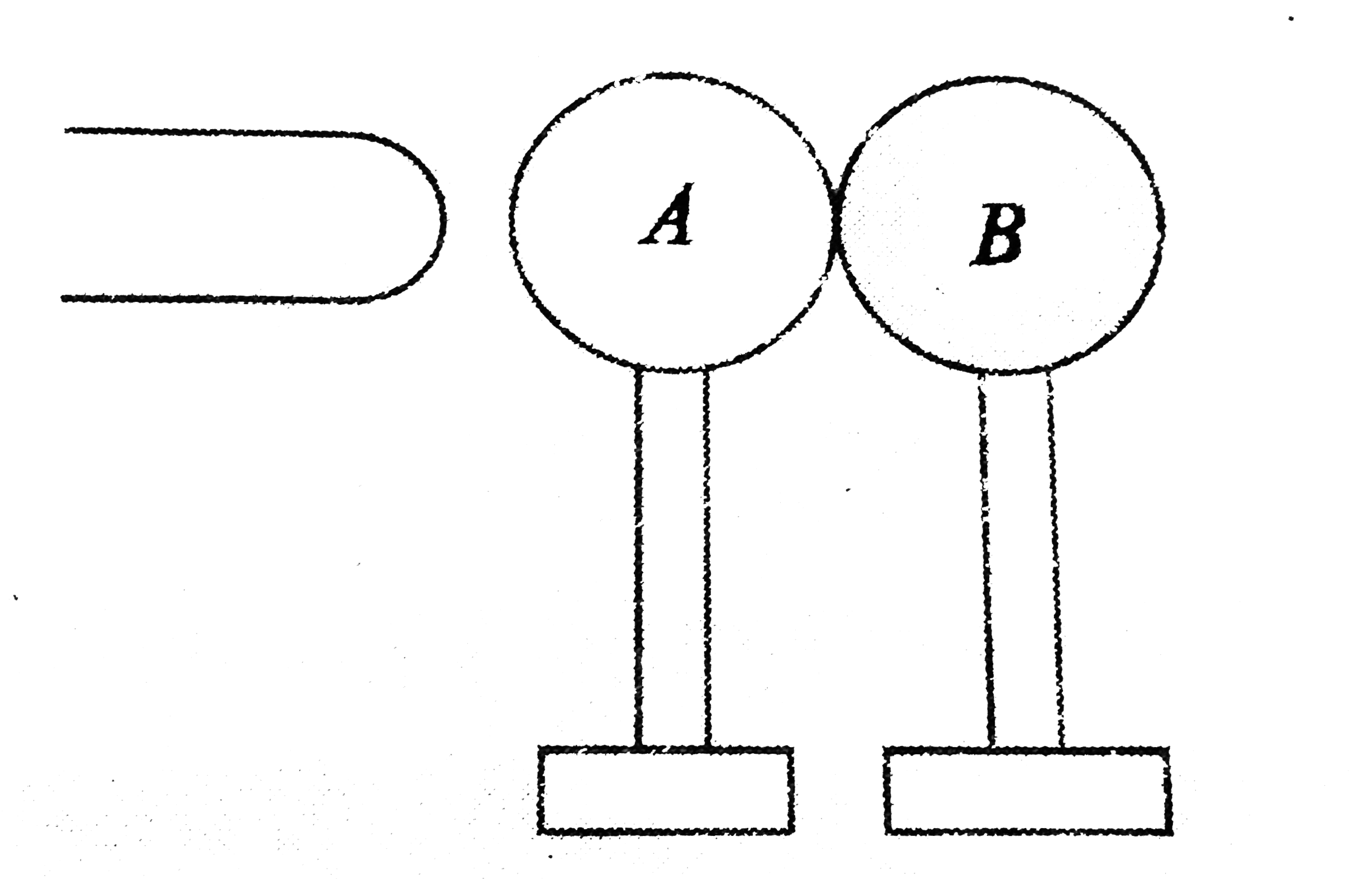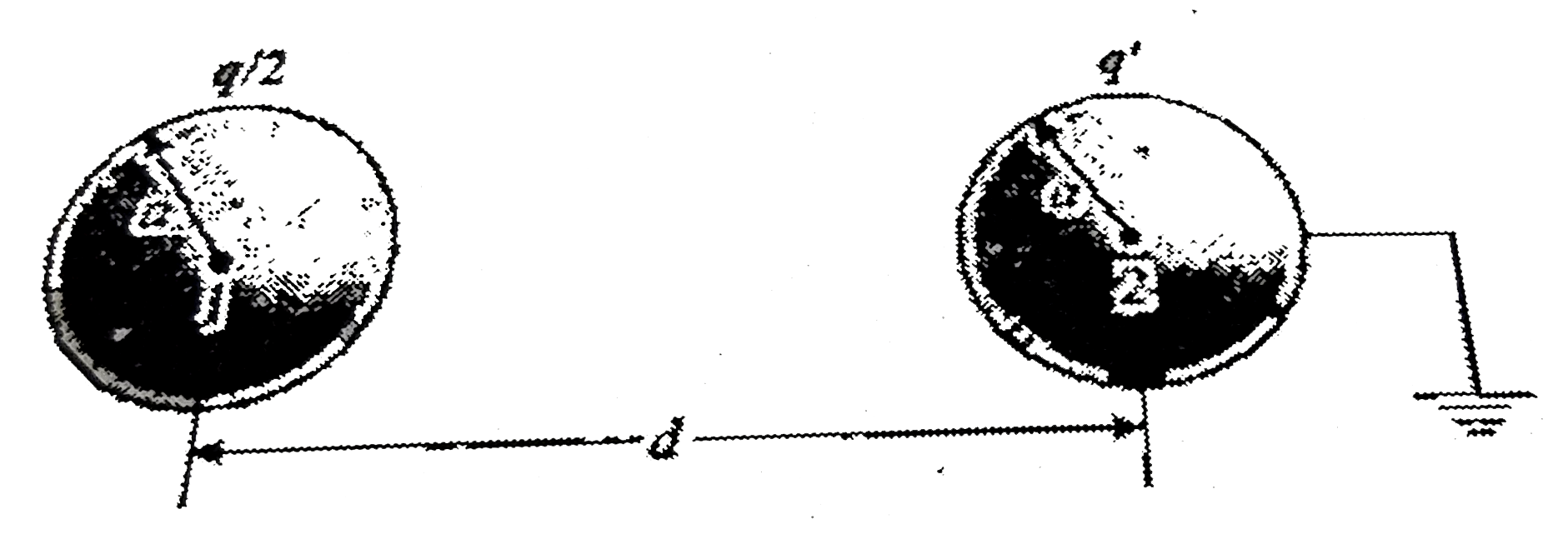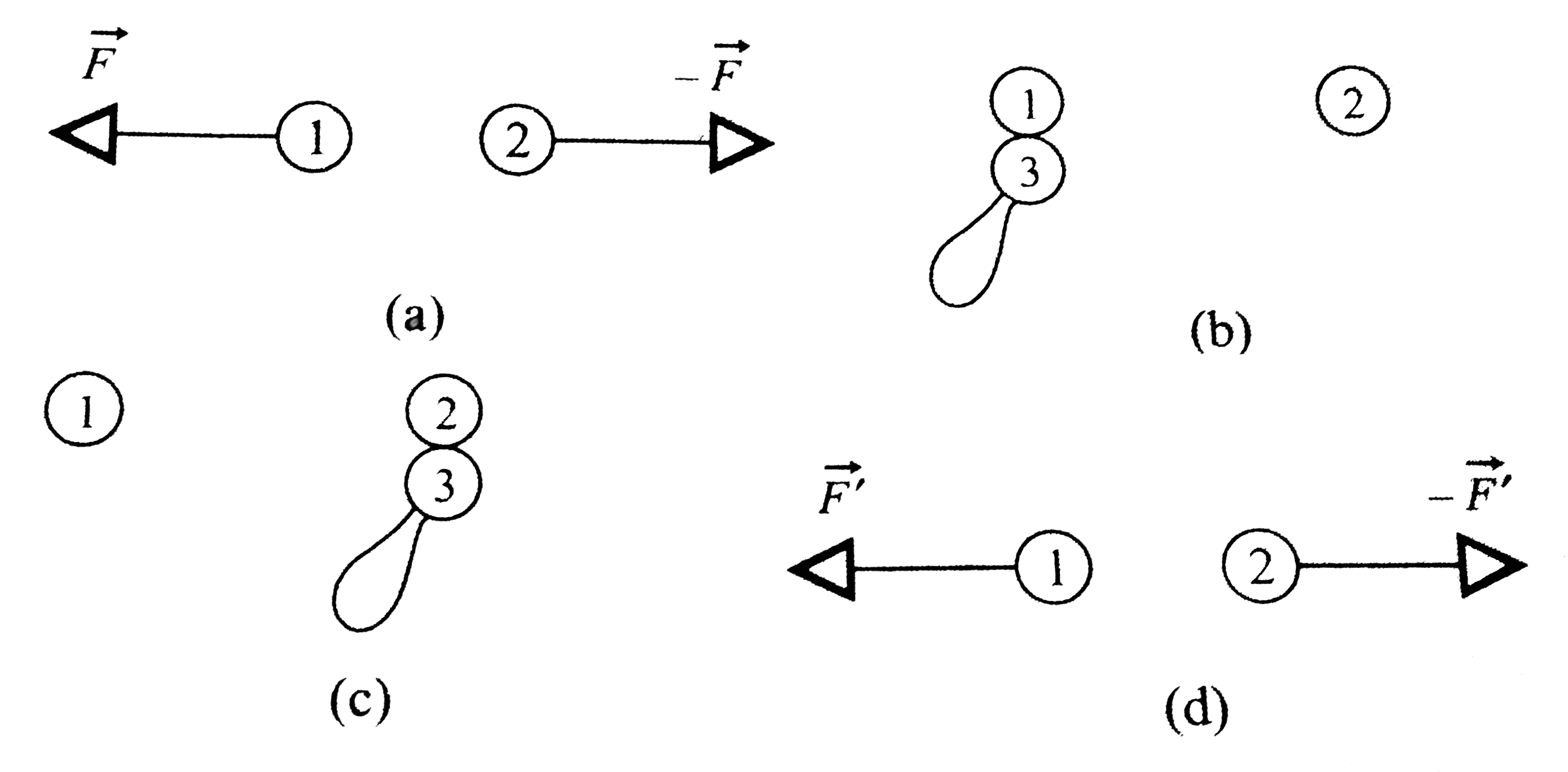How will you give equal and opposite charge to two identical metal spheres on insulated stands ? You can use a charged rod but touching of rod to spheres is not allowed
To give equal and opposite charges to two identical metal spheres on insulated stands without touching them with a charged rod, we can follow these steps:
1. Setup the Spheres: Place the two identical metal spheres on insulated stands, ensuring they are not in contact with each other or any other conductive material.
2. Introduce the Charged Rod: Take a charged rod (assume it has a positive charge, +Q) and bring it close to one of the spheres (let's call it Sphere A) without touching it.
3. Induction Process: As the charged rod approaches Sphere A, the positive charge on the rod will induce a separation of charges within Sphere A. The electrons in Sphere A will be attracted towards the rod, causing the side of Sphere A closest to the rod to become negatively charged (let's denote this charge as -q). Consequently, the far side of Sphere A will become positively charged (+q) due to the deficiency of electrons.
4. Positioning the Spheres: Now, bring the charged rod closer to Sphere A while ensuring that Sphere B is also positioned nearby but not touching either Sphere A or the rod.
5. Induction in Sphere B: The positive charge on Sphere A will now induce a similar effect in Sphere B. The positive charge on Sphere A will attract the electrons in Sphere B towards itself, causing the side of Sphere B closest to Sphere A to become negatively charged (-q), while the far side of Sphere B will become positively charged (+q).
6. Separation of Charges: To finalize the process, remove the charged rod while keeping the spheres in their positions. The charges on both spheres will remain separated. Sphere A will have a net charge of -q, and Sphere B will have a net charge of +q.
7. Result: Now, both spheres have equal and opposite charges: Sphere A has a charge of -q, and Sphere B has a charge of +q.
Similar Questions
Knowledge Check
Two metal spheres of radii R1 and R2 are charged to the same potential. The ratio of charges on the spheres is
A√R1:√R2BR1:R2CR21:R22DR31:R32Assertion: Two electrically neutral metal spheres in contact are moved closer to a charged object and then separated away from each other using insulating handles in the presence of e charged object, Both the neutral objects acquire equal and opposite charges.
Reason: When two metallic objects in contact are brought closer to a charged object then electrons are transferred from one object to the other due to induction phenomenon. If we separate the objects in presence of a charged object then electrons are unable to flow back to the original object.AIf both assertion and reason are correct and reason is a correct explanation of the assertion .BIf both assertion and reason are correct but reason is not the correct explanation of assertionCIf assertion is correct but reason is incorrectDIf assertion is incorrect but reason is correct.Consider two concentric metal spheres. The outer sphere is given a charge Q>0, then
 ,Athe electrons will flow from earth to inner sphere if S is shortedBthe electrons will flow from inner sphere to the earth if S is shortedCthe shorting of S will produce a charge of −Q on the inner sphereDnone of these
,Athe electrons will flow from earth to inner sphere if S is shortedBthe electrons will flow from inner sphere to the earth if S is shortedCthe shorting of S will produce a charge of −Q on the inner sphereDnone of these
Figure shows that a positively charged rod is brought near two ucharged metal spheres A and B clamped on insulated stands and palced in contact with each other.

(i) What would happen if the rod is removed before the spheres are separated?
(ii) Would the induced charges be equal in magnitude even if the spheres had different sizes or different conductors?
(iii) What will happen if the spheres are separated first and then the rod is rmoved far away?
View SolutionHow can you say that the earth is not a circle but sphere ?
View SolutionHow can you charge a metal sphere positively without touching it?
View SolutionThere are two uncharged identical metallic spheres of radius a, separated a distance d. A charged metallic sphere (charge q) of sarue radius is brought and touches sphere 1. After some time it is moved away to a far off distance. After this, the sphere 2 is earthed. Find the charge on sphere 2.

View SolutionTwo identical conducting spheres 1 and 2 carry equal amounts of charge and are ficed apart at a certain distance larger than their diameters. The spheres repel each other with an electrical force of 88mN. A thired identical sphere 3, having an insulating handle and initially uncharged, is touched first to sphere 1 and then to sphere 2 and finally removed. Find the force between spheres 1 and 2 as shown if Figure.
 ,
,
View Solution
